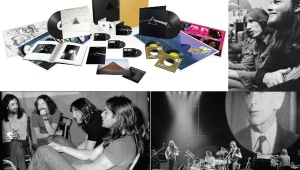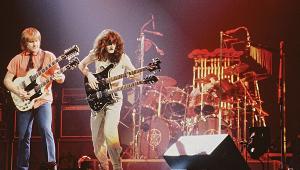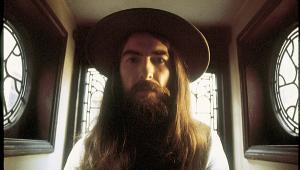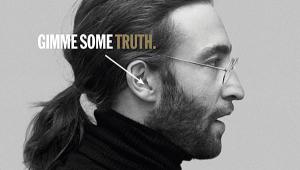Roland Orzabal on How Tears For Fears Elevated The Tipping Point in the Atmos Universe Page 2
Orzabal: Well, thank you. I've probably said this to you before, but we were literally cherry-picking reverbs on that one. Dave Bascombe [the album's original co-producer and engineer] and I would get on the phone together with Steve and say, "Well, one of our regrets about The Seeds of Love is the amount of reverb we put on things." It was a very kind of '80s thing, which was showing up a lot more then. It wasn't getting buried in analog, you know? It was standing out, and proud.
We would say to Steve, literally, "Turn the snare up half a dB. Do this, do that, and dry off the bass drum. Take these reverbs down." He just understands what we're saying, immediately! He's amazing! So, we were pleased with that. I actually think what he did with Seeds sounds better.
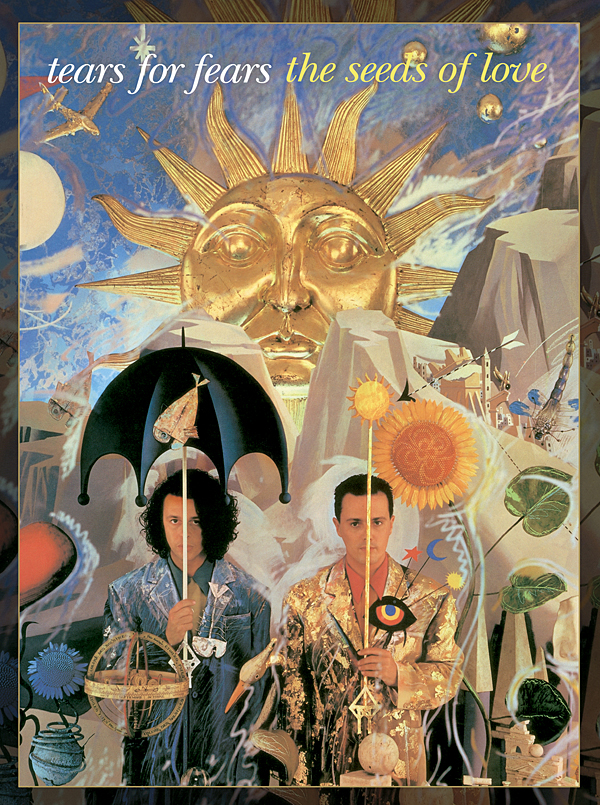
[MM adds: I wholly agree with Roland's assessment of Seeds in 5.1, and so does Wilson himself. When I asked Wilson about the Seeds surround mix on the record, specifically during the last time he and I spoke via Zoom, he told me, "I'm really happy with that 5.1 mix. I think it sounds great. I mean, listen—it's such a brilliant record album, and I didn't want to deliver a new stereo mix because I think the stereo mix is unbeatable. I know Roland actually felt slightly differently, but I didn't feel there was anything to be gained by it. Like I said, I'm very pleased with the 5.1 mix." Hear, hear!]
Mettler: It does sound better, yes. And you guys used, what was it, a 32-track Mitsubishi digital recorder, right? Really of-era kind of gear there.
Orzabal: Yes. We had two of them—two 32-tracks. It wasn't in the era of Pro Tools. (both laugh) And Dave Bascombe happens to be a mathematical genius. He was working at the SMPTE offsets—and that's not a small feat, obviously.
Mettler: No, not at all. Well, to bring things back to literally the tipping point, so to speak, even on the title track of the new album, the height of where your vocals get placed is something special. But also, later in the record where we have that really great horn solo that comes in in the second half of "Please Be Happy". . .
Orzabal: Oh yes, on "Please Be Happy." [Orzabal then hums part of said horn solo.]
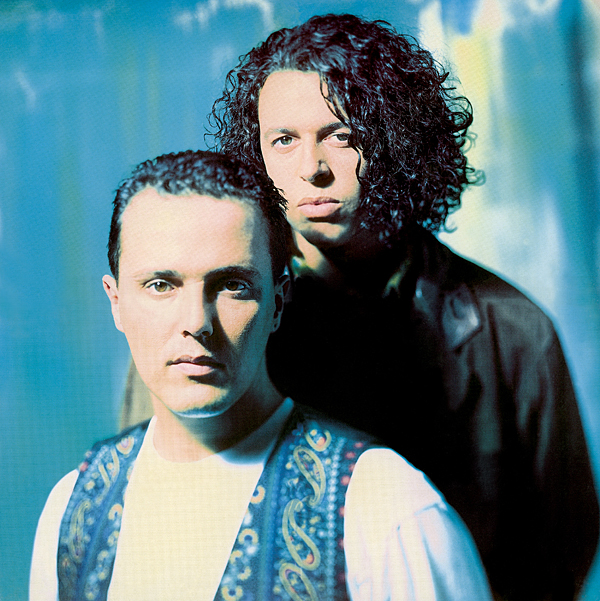
Mettler: That's also a really good album-sequencing one-two punch there, because I don't feel like I could hear any song come after "Rivers of Mercy" at that point. It feels like those two belong before and after each other.
Orzabal: Yeah, and it's weird. We sequenced the album—well, Charlton [Pettus, the album's co-producer] did it. We almost didn't have to talk about anything. Charlton was just pushing songs around. We got as far as "Rivers of Mercy," with that incredible middle eight—which, all of a sudden, makes you think of "Woman in Chains" and all the emotions that peak on the middle eight—and then you go into the end of that, the tag on that.
We were almost lost as to what to do. But it's shocking. Shockingly beautiful, the transition into the backwards piano—a backwards piano recorded on an iPhone Voice Memo!—into "Please Be Happy." For me, when I heard that for the first time, I literally had to leave the studio because I was bawling, you know? (wry chuckle)
Mettler: Yeah, it's that affecting.
Orzabal: It sets you up. "Rivers of Mercy" softens you, pummels you, pummels at you, and opens up your heart. And then "Please Be Happy" comes along—and crushes it.
Mettler: I don't know if it's an allusion to previous lives of yours, but there's a line where you say something about "being in your chair" in "Please Be Happy." To me, that just ties the thread back to Big Chair.
Orzabal: Yes, it's kind of the "I Believe" of the album, isn't it? ["I Believe" is a key Big Chair track, the first cut on Side 2 of the original LP.]
Mettler: That's exactly it. It's "I Believe 2022." To mention another modern thread, we're now coming up on 40 years of "Mad World," which was released as a single in September 1982 about six months ahead of The Hurting. And that song means something right now—probably not what you intended, but there it is. You can hear it today, and have a direct connection with what we're dealing with in the world at the moment. I mean, how very prescient of you! (laughs)
Orzabal: Yeah, but it's a universal theme, isn't it? You think you're doing something original. For it to resonate 40 years later, it must be part of some kind of universal feeling we all feel at some point in time.
I compare that song to "My Way," you know? It's a song that becomes a hearty perennial. It's a song that becomes a classic, and it's a song that, when you sing it, you know exactly what it means to you. ["My Way," of course, was made indelible by Frank Sinatra in 1969, and has subsequently been covered by numerous artists, ranging from Elvis Presley to Sid Vicious.]
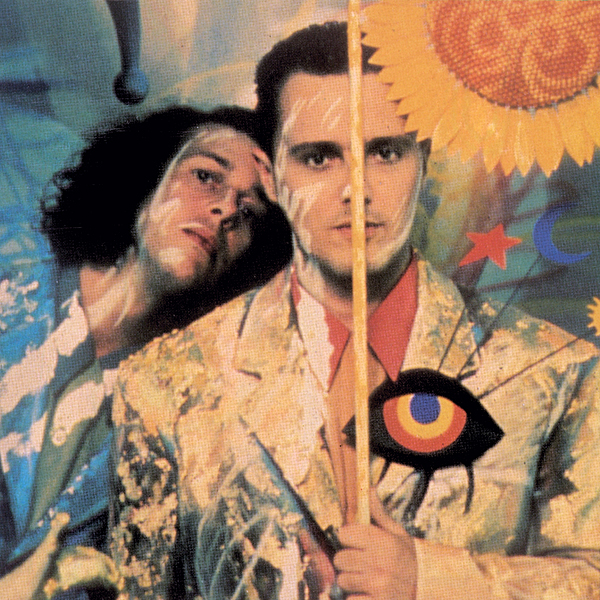
Mettler: Yeah. That's true. And I think there's another thread, in a similar but not exactly the same way, with "Shout" [the second No. 1 single from Big Chair in 1985], a song that also has that perennial vibe to it when we hear it today. Again, we have to give Steven Wilson some credit because that is one of my personal favorite 5.1 mixes. The lift that comes up as the song continues to unfold in that format—I'm raising my arms to give you the visual, because I can see an eventual Atmos mix of "Shout" just pulling you further up in that direction. On the tech side of it, another interesting thing to me about "Shout" is you used five Lexicon digital reverbs on it. Do I have that right?
Orzabal: Yeah, I think it's a 224XL, a 4L, and maybe a 480 as well. I can't actually remember all the models we used at the time. But, obviously, we were always running out. We were absolutely addicted to, literally, short reverb, very short reverb, and Room, and Bright Hall, and reverb with the chorus—which is on the "metal" sounds at the beginning. If you listen to it, the tail of it twists up inside! (laughs)
Unfortunately, in those days, you just needed another machine for another reverb, so—it was very complicated, what we were doing. We took a long time. There were lots of arguments along the way—lots of arguments, you know, about this, and about that.
Mettler: I hear you. Well, let's jump to the 2022 universe. What is your feeling on reverb today, in relation to the technology you used on The Tipping Point?
Orzabal: Well, today, I have—we have—countless reverbs. There are countless virtual Lexicons; there are a ton. And they sound good! They sound good to me. That's my go-to. I mean, I even got Charlton [Pettus, the co-producer] to resurrect Bright Hall from the old Lexicon 224, and I used that on virtually everything.
Mettler: In a different way, I think the character you get in "My Demons" is also very foreboding, which obviously the subject matter dictates. The choices you make there are, you know, well—you're scaring us, man! (laughs)
Orzabal: That's another one of my favorites, actually. It was, believe it or not, quite easy to get the lyrics. It's a specific kind of wordplay. It's like Paul Simon does it on "Boy in the Bubble"—that approach. ["The Boy in the Bubble" is the lead track on, and third single from, Paul Simon's landmark August 1986 album, Graceland.]
Mettler: Right—you do that rat-a-tat kind of style, in how you attack the lyrics.
Orzabal: And I love it, you know? I would read them now if I could, but it's just the intensity of that song. And then I put on the iZotope VocalSynth, so it sounds a bit like a Vocoder. It's an octave below, and that's what's making it kind of sound f---ed up, robotic, and demonic.
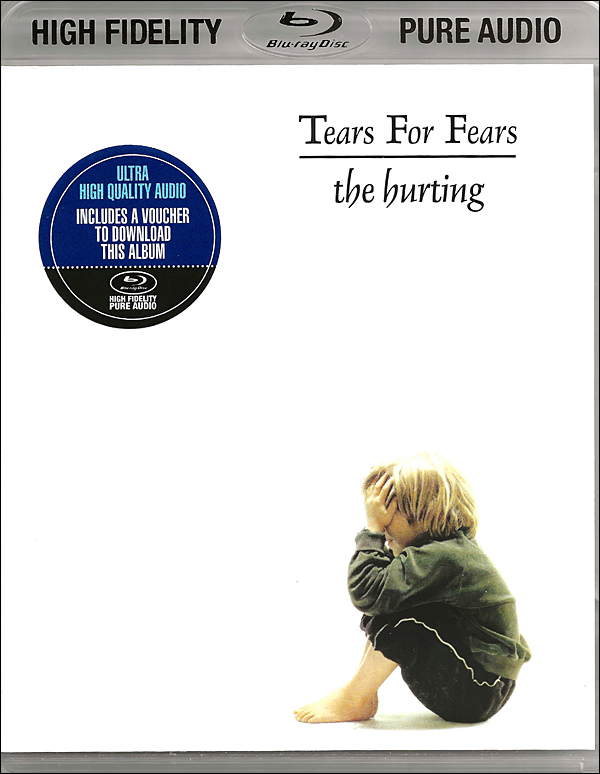
Mettler: Yeah, and as soon as you say you're "the demolition man," we're right there with you. You're not fooling around. (chuckles) Well, to wrap things up, The Hurting was never put out as a surround sound release, though it did come out as a High Fidelity Pure Audio Blu-ray in 2.0 back in 2013, during its 30th anniversary year. Is that something you've thought about revisiting in surround, or was that release based on how it was recorded?
Orzabal: No, they could do that. It's just that no one's talked about it.
Mettler: Ok, well, I'm gonna talk about it! (both laugh) And I would also vote for [October 1995's] Raoul and the Kings of Spain getting a surround mix, because that's one of your "babies," as I like to say.
Orzabal: Yeah, it is. I love that album.
Mettler: Good, because I think there's a lot of interesting things there to hear in 5.1, or in Atmos. Or both.
Orzabal: Yes. There's nothing you can do about it until someone knocks on your door and says, "We want to do a 5.1 or an Atmos mix of this."
Mettler: Well, we're saying it now, so somebody better start knocking! (laughs) Last thing. You and Curt are such an atmospheric writing pair that, to me, stereo is almost not enough for what we like to hear from your music, if it's fair to say that. I feel like, once we hear a 360-degree version of any of this material of yours, then it's kind of hard to go backwards, because I feel like I'm missing something. Don't you?
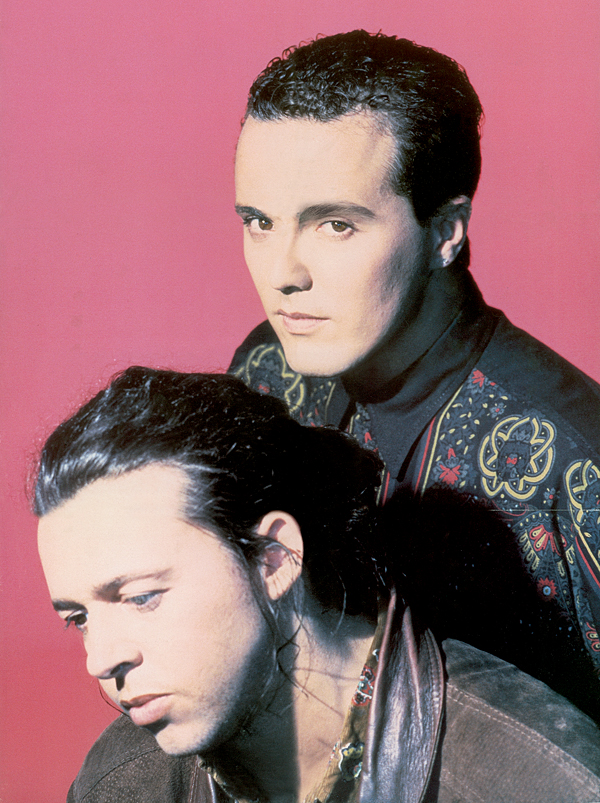
Orzabal: I do. A lot of people—and this might sound a bit strange—a lot of people have ears in the back of their heads, you know? It is true. And I think there is a way—you "see" a landscape when you make a record. You do see the peaks and troughs, and what's at the top, what's at the bottom, and all the other murky colors in between. But yeah, it's important to hear these things separated, I think, because it becomes more of a physical experience.

